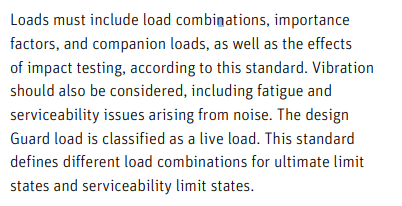SE2607, I think we're on the same page with this.
I recently did a lot of research on this for the purpose of updating my handrail/guardrail post connection details. Based on that research, I ultimately decided to use CD=1.0 for the design. In some cases, using CD=1.0 instead of 1.6 leads to some serious difficulty in getting the details to work. With CD=1.0, I found that for a guardrail height of 42", the typical 4x4 post doesn't work. Instead a 4x6 is needed.
Resisting the tension force at the base of the post using a proprietary holdown was also challenging as the published values are all based on CD=1.6, not 1.0. I divided the listed capacity by 1.6 to get a comparable value for CD=1.0. Getting a reasonable connection to work with 2x8 framing was very difficult and I'm now considering not using 2x8 framing for decks at all, only 2x10 or 2x12. As a side note, for 2x8 framing, I calculated a holdown (tension) force a fair amount higher than discussed in the paper published by Simpson on the matter. This isn't to say that my analysis method is necessarily the best and theirs is wrong. I just found it interesting.
(My apologies if this is getting slightly off topic from the original question.)

